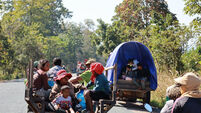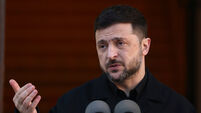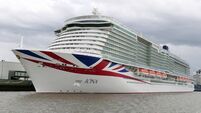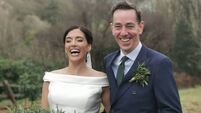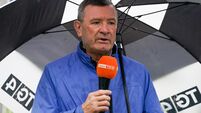Pope celebrates mass for 270,000
Pope Benedict XVI today celebrated Mass for an estimated 270,000 people in a rain-soaked Warsaw square where his predecessor, John Paul II, inspired Poland’s Solidarity movement against communist rule in a historic 1979 visit.
In his sermon, Benedict challenged moral relativism, or the view that there are no absolute values, and defended the church’s unchanging traditional beliefs.







